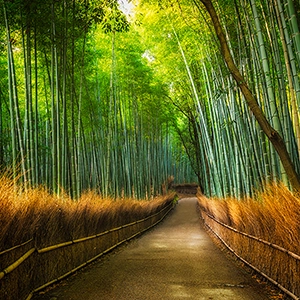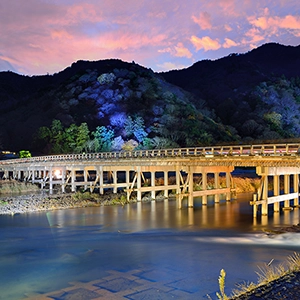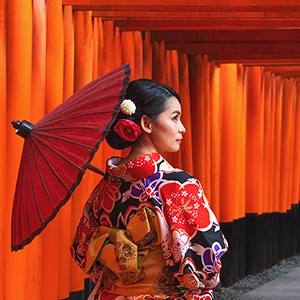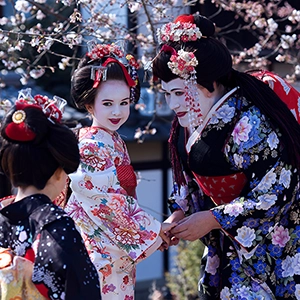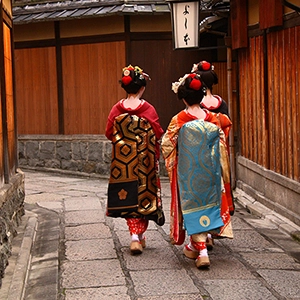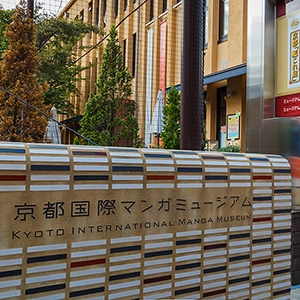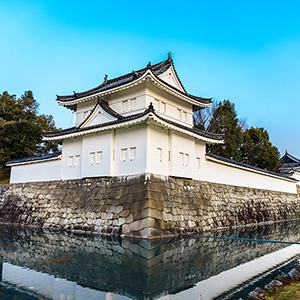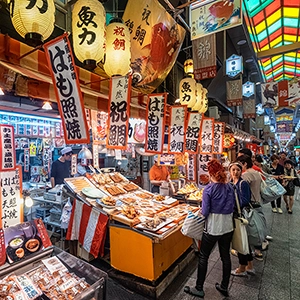Take A Stroll Along The Philosopher's Walk: A Pathway To Inspirational Beauty
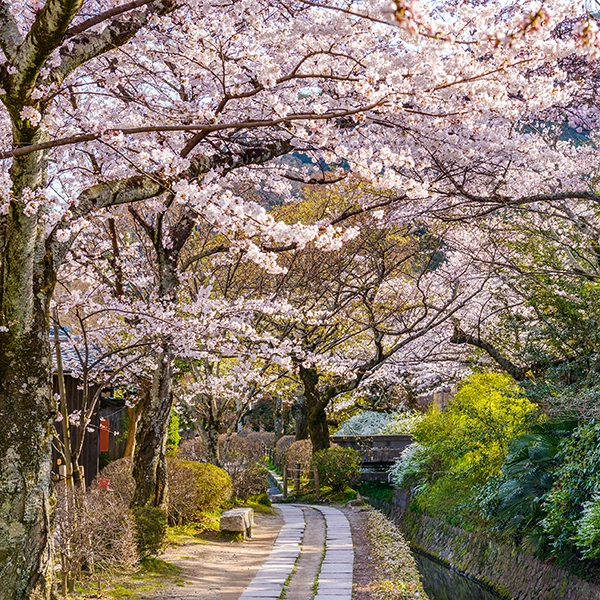
The Philosopher's Walk, or Tetsugaku-no-Michi, is a picturesque pedestrian path in Kyoto, Japan, that meanders along a canal lined with cherry trees, temples, and quaint cafes. Stretching approximately two kilometers between Ginkaku-ji (Silver Pavilion) and Nanzen-ji Temple, the walk is named after Nishida Kitaro, a prominent Japanese philosopher who was known to meditate and contemplate while strolling along the path during the early 20th century. Let's explore the various aspects of the Philosopher's Walk, including its history, features, and significance, as well as provide practical information for visitors planning a trip to this tranquil and enchanting destination.
The History of the Philosopher's Walk
The Philosopher's Walk has a rich history that dates back several centuries. The area along the path was once part of the ancient capital of Kyoto and has been a popular site for religious, artistic, and scholarly pursuits since the Heian Period (794-1185). The path takes its name from Nishida Kitaro, a prominent philosopher and professor at Kyoto University, who used the walk for daily meditation and reflection. Over the years, the Philosopher's Walk has become synonymous with intellectual and spiritual contemplation, attracting countless visitors who seek to experience its serene and inspiring atmosphere.
Exploring the Philosopher's Walk
The Philosopher's Walk is a leisurely and picturesque route that meanders along a canal lined with cherry trees, which burst into a vibrant display of pink blossoms during the spring season. The path is mostly flat and paved, making it accessible and enjoyable for walkers of all ages and fitness levels. Along the route, visitors will encounter a variety of temples, shrines, and other points of interest, each with its own unique history and architectural features.
Temples and Shrines Along the Path
One of the main attractions of the Philosopher's Walk is the abundance of temples and shrines that can be found along the route. These sacred sites offer visitors a glimpse into the rich religious and cultural history of the area, as well as an opportunity to experience the serenity and spirituality that define the path. Some of the most notable temples and shrines along the Philosopher's Walk include:
Ginkaku-ji (Silver Pavilion): This Zen temple, officially known as Jisho-ji, was originally built as a retirement villa for the shogun Ashikaga Yoshimasa in the 15th century. Although the temple was never covered in silver as originally planned, it remains an architectural masterpiece, featuring a harmonious blend of traditional Japanese and Chinese design elements. The temple grounds also include a beautiful sand and moss garden, which offers a serene and contemplative setting for visitors to enjoy.
Honen-in: A small and tranquil temple nestled amidst lush greenery, Honen-in is known for its thatched roof gate and unique raked-sand garden. The temple is dedicated to Honen, the founder of the Pure Land sect of Buddhism, and is a popular spot for quiet reflection and meditation.
Eikan-do Zenrin-ji: This temple, famous for its stunning autumn foliage, is the head temple of the Seizan branch of the Jodo sect of Buddhism. Eikan-do is also known for its unusual statue of the Amida Buddha, which is depicted looking over its shoulder rather than facing forward, as is customary in most Buddhist statuary.
Nanzen-ji: As one of the most important Zen temples in Japan, Nanzen-ji serves as the headquarters for the Rinzai Zen sect. Founded in the 13th century, the temple complex features an impressive Sanmon gate, beautiful rock gardens, and several sub-temples. Nanzen-ji is also home to an intriguing brick aqueduct, which is part of the Lake Biwa Canal system and adds a unique architectural element to the temple grounds.
Scenic Beauty and Seasonal Attractions
One of the highlights of the Philosopher's Walk is its breathtaking natural beauty, which changes with the seasons and provides a stunning backdrop for leisurely strolls and contemplation. In spring, the cherry blossoms along the path create a spectacular tunnel of pink, attracting countless visitors who come to enjoy the ephemeral beauty of the blossoms. In autumn, the area is transformed by vibrant hues of red, orange, and yellow as the leaves change color, creating a warm and inviting atmosphere that is perfect for leisurely walks and photography.
Cafes, Restaurants, and Souvenir Shops
Along the Philosopher's Walk, visitors will find a variety of charming cafes, restaurants, and souvenir shops, many of which are housed in traditional Japanese buildings. These establishments offer a delightful opportunity to rest, relax, and enjoy the local cuisine, as well as to purchase unique mementos of your visit to the path. From traditional Japanese sweets and tea to handmade crafts and pottery, there is something to suit every taste and preference.
Getting to the Philosopher's Walk
The Philosopher's Walk is easily accessible from central Kyoto by bus or subway. To reach the southern end of the path near Nanzen-ji, take the Kyoto City Subway Tozai Line to Keage Station and walk for approximately 10 minutes. Alternatively, you can take the Kyoto City Bus to the "Nanzenji Eikando-michi" bus stop, which is also within walking distance of the path. To reach the northern end of the path near Ginkaku-ji, take the Kyoto City Bus to the "Ginkakuji-michi" bus stop and walk for a few minutes. Taxis are another option for those who prefer a more direct and comfortable mode of transportation.
Practical Tips for Visitors
When visiting the Philosopher's Walk, it is advisable to wear comfortable walking shoes, as the path is approximately two kilometers long and may take around 30 minutes to an hour to complete, depending on your pace and the number of stops you make along the way. The path can be enjoyed at any time of day, but it is particularly enchanting during the early morning and late afternoon when the sunlight filters through the trees, creating a magical atmosphere. While the path is usually peaceful and uncrowded, it can become quite busy during the peak cherry blossom and autumn foliage seasons, so be prepared for larger crowds during these times.
Enjoy the Serenity
The Philosopher's Walk is a captivating and enchanting destination that offers visitors a unique opportunity to experience the natural beauty, spiritual serenity, and rich cultural history of Kyoto. As you stroll along the path, surrounded by cherry blossoms, temples, and the gentle sound of flowing water, it is easy to understand why Nishida Kitaro chose this idyllic setting for his daily contemplations. Whether you are a history enthusiast, a nature lover, or simply seeking a peaceful escape from the hustle and bustle of city life, a visit to the Philosopher's Walk is sure to be a memorable and inspiring experience.

